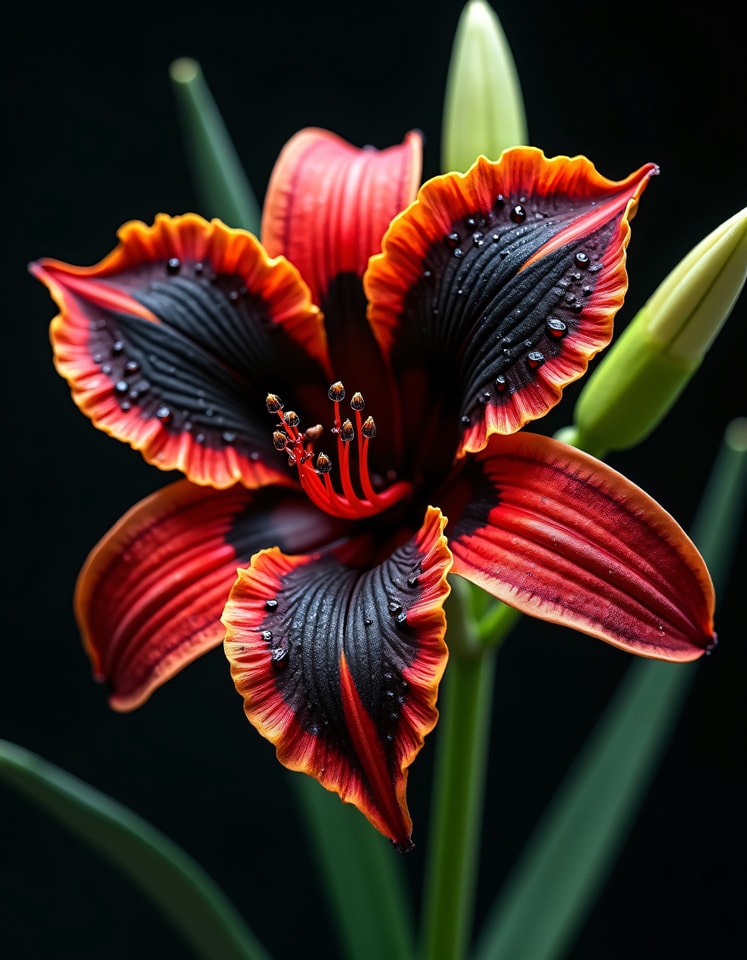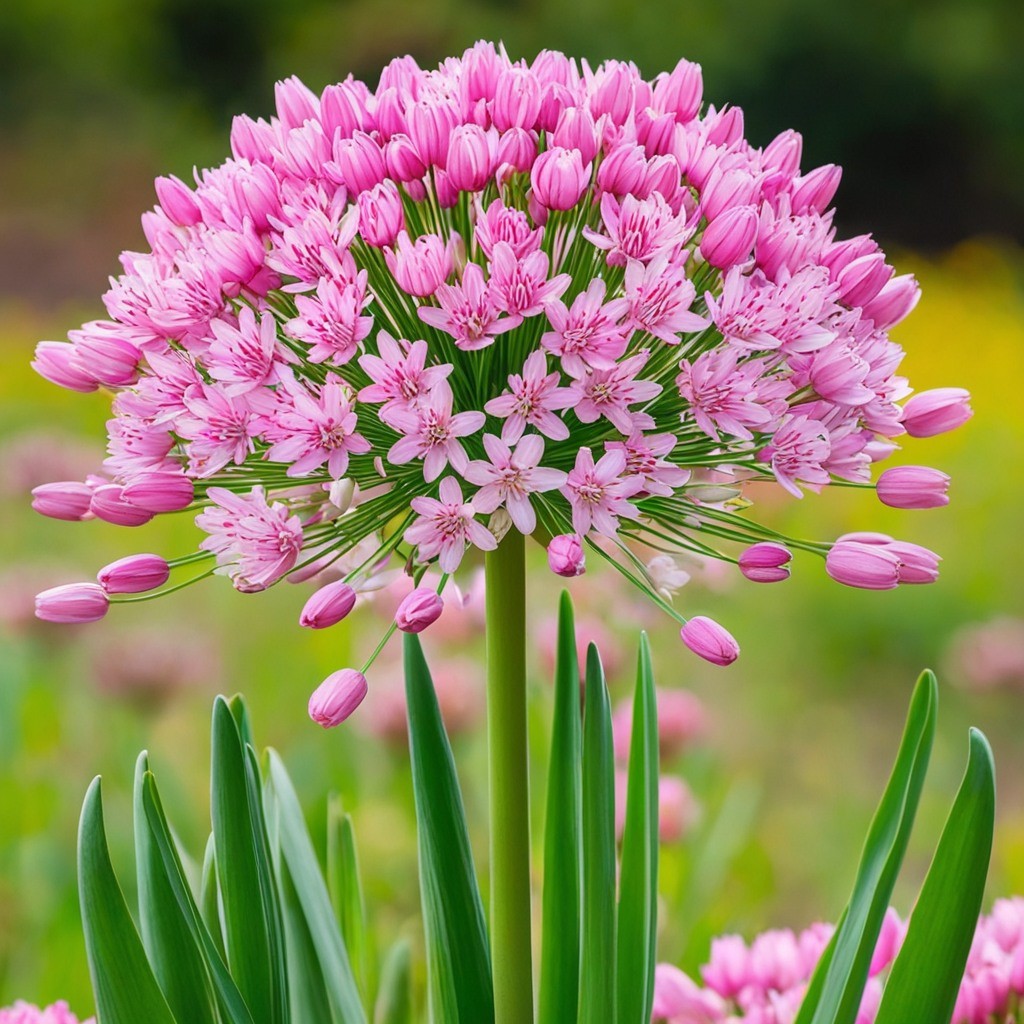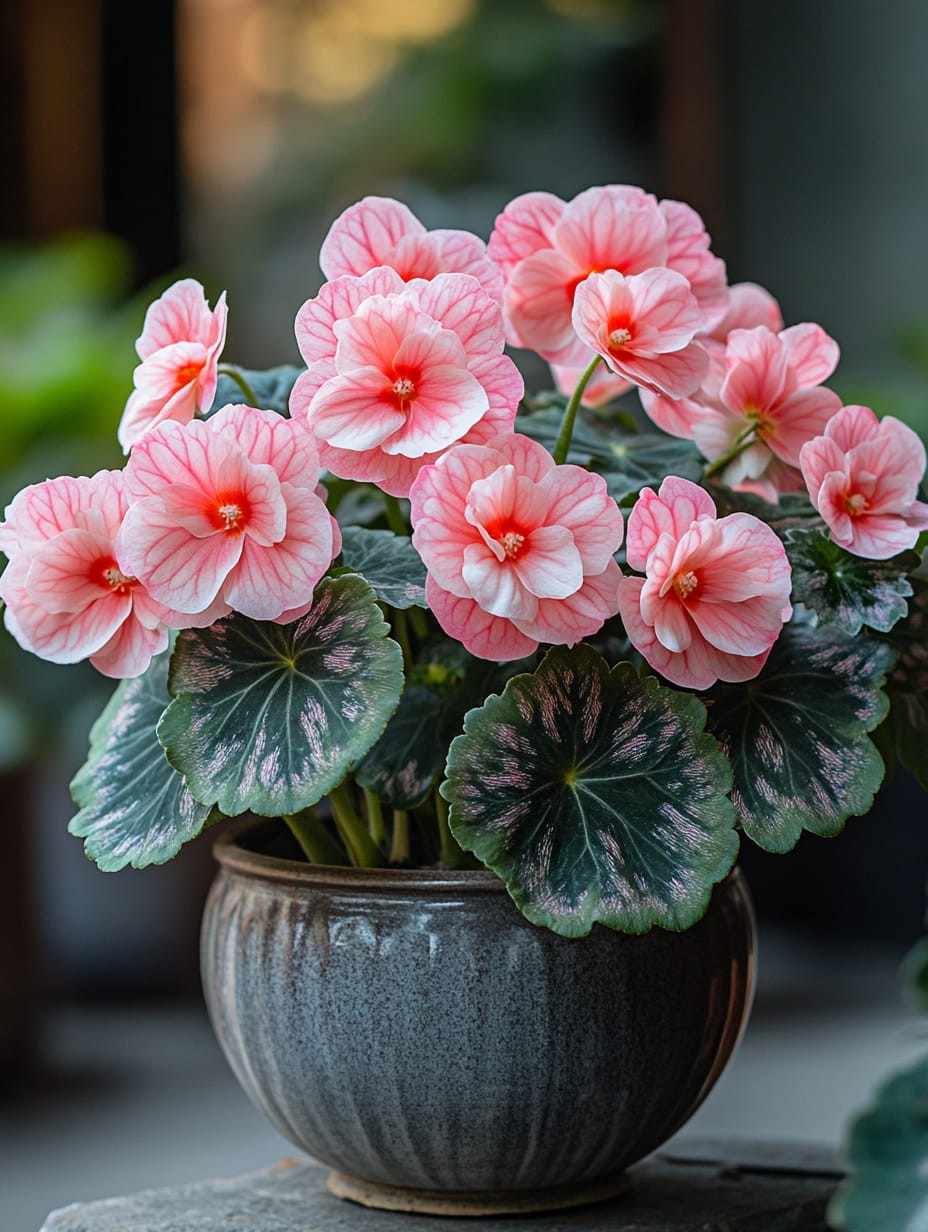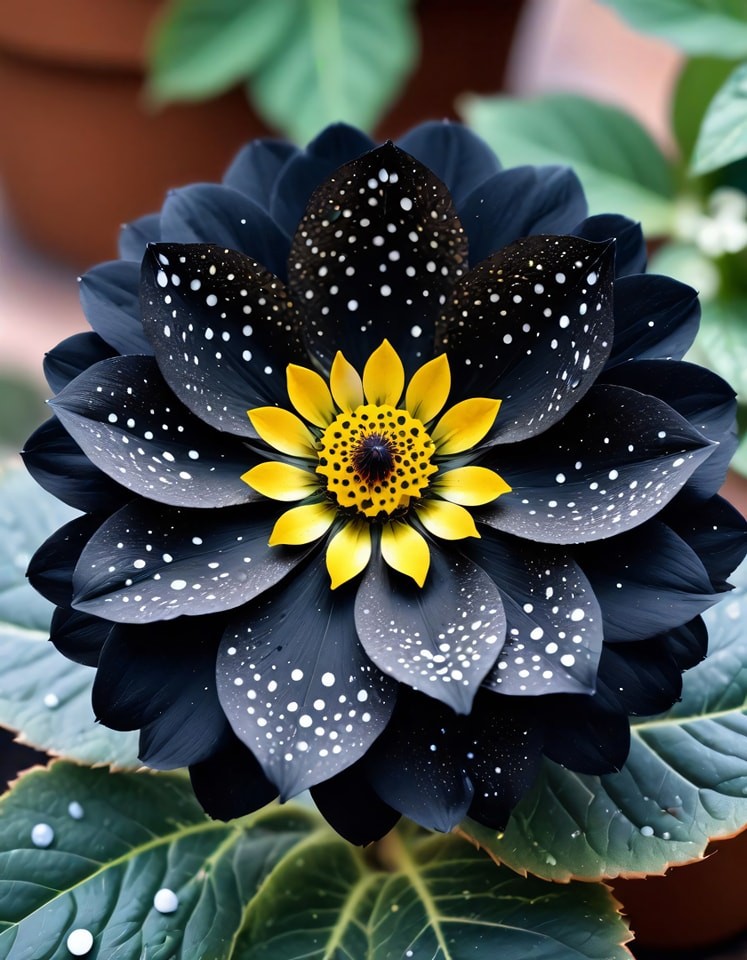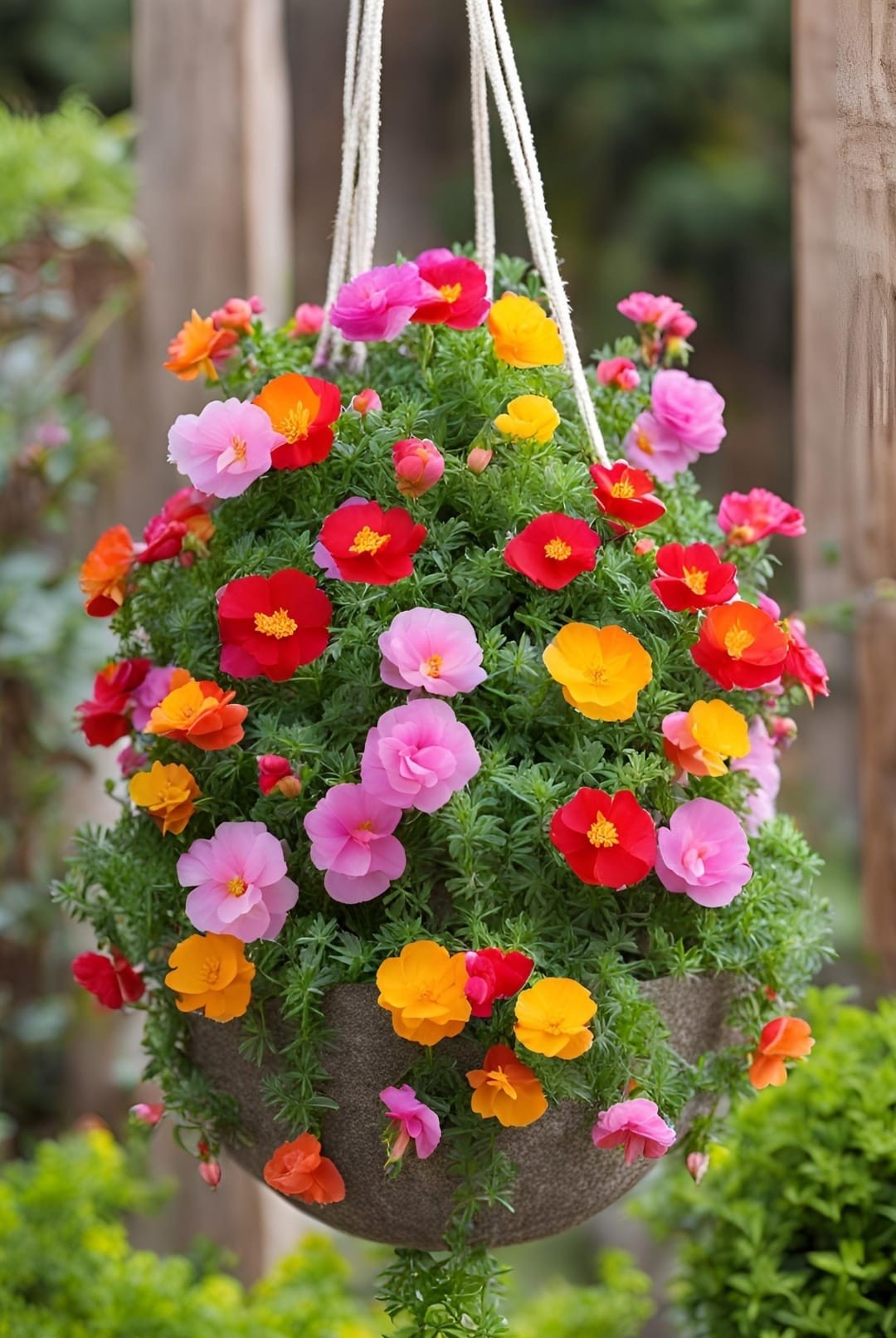Growing roses can be a rewarding journey, transforming your garden into a fragrant haven while providing a sense of accomplishment and beauty. As you embark on this floral adventure, it is essential to understand both the art and science behind nurturing these exquisite blooms. Let’s explore the steps, tips, and underlying philosophies that will help you cultivate roses successfully.
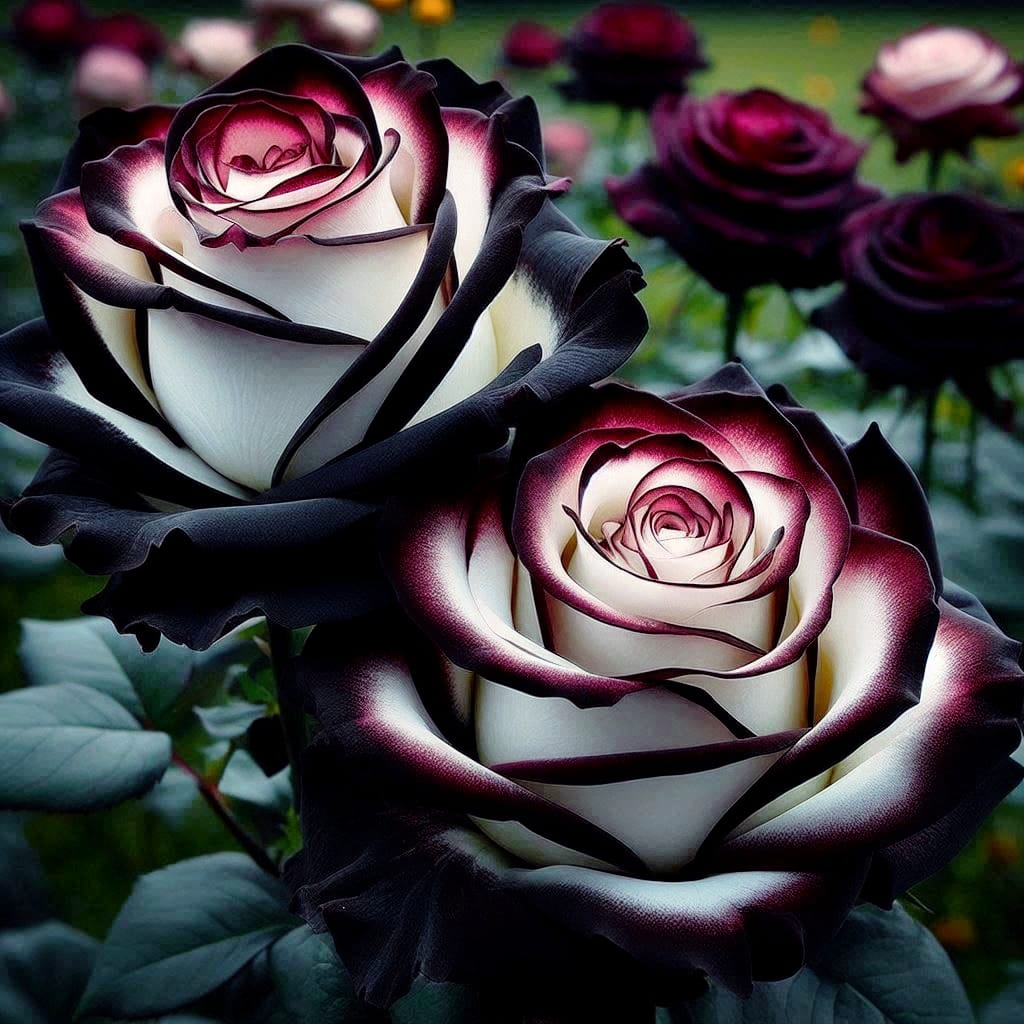
Exploring Rose Types and Characteristics
From the classic hybrid teas to the versatile floribundas, the world of roses offers a vast array of options. Each type has its own distinct features, growth habits, and bloom characteristics. Familiarize yourself with the different rose categories, such as grandifloras, climbers, and David Austin roses, to find the varieties that best align with your gardening goals and aesthetic preferences.
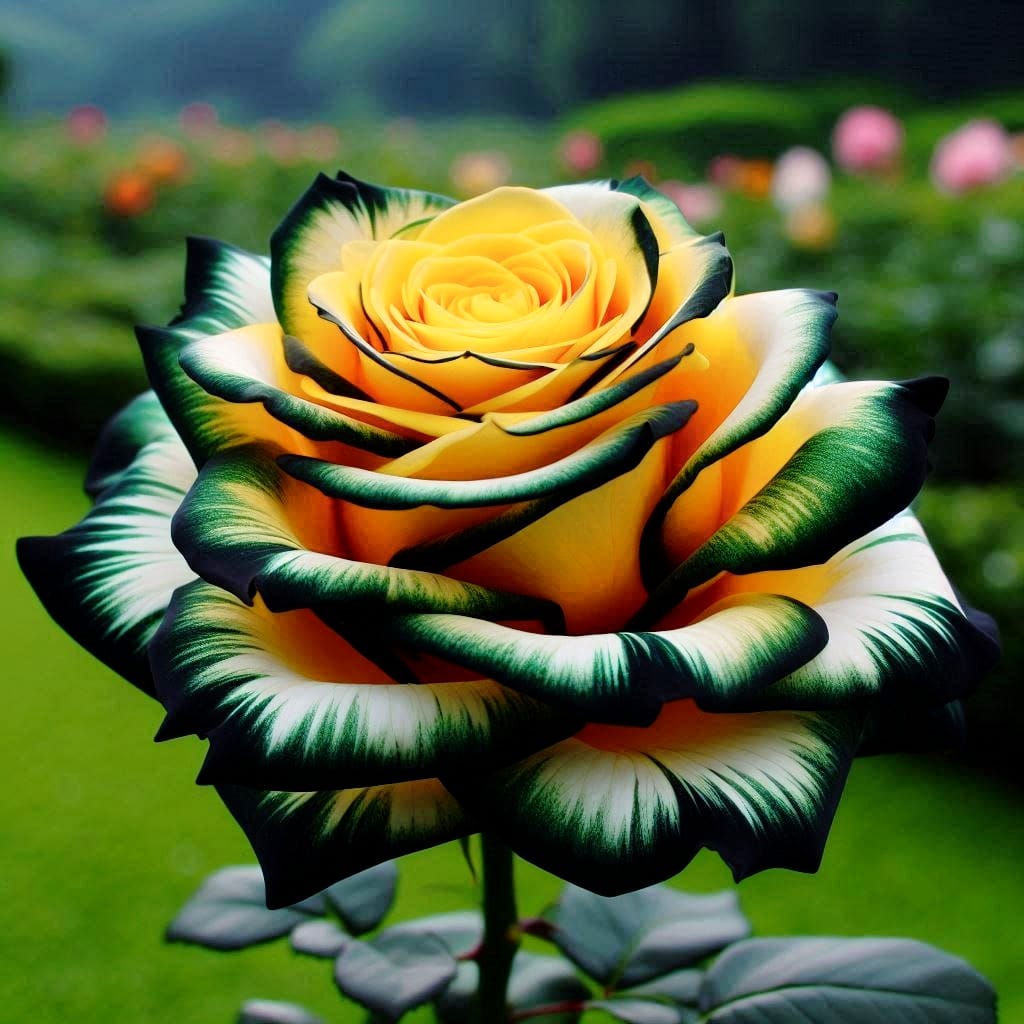
Preparing Your Soil: The Foundation for Success
Just as a building requires a strong foundation, roses thrive best in well-prepared soil. It is recommended to conduct a soil test to determine pH levels; roses prefer slightly acidic to neutral soil (pH 6.0-7.0). Enriching your soil with organic matter such as compost or well-rotted manure can create an ideal growing environment by improving drainage, aeration, and nutrient availability. This foundational step sets the stage for healthy root development.
Conducting a Soil Test
A soil test is a valuable tool that can provide valuable insights into the current state of your garden’s soil. By understanding the pH level, nutrient content, and any potential imbalances, you can make informed decisions about amending the soil to create the optimal conditions for your roses. Many local extension services or gardening centers offer soil testing services, making it easy to get a comprehensive analysis of your soil’s composition.
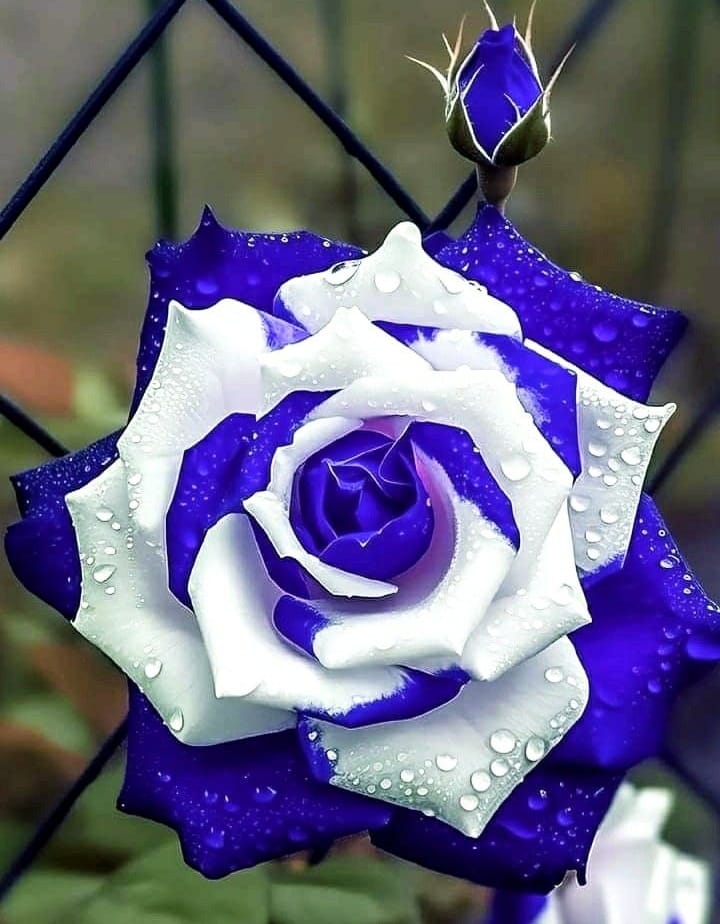
Amending Soil with Organic Matter
Incorporating organic matter, such as compost or well-rotted manure, into your soil is a game-changer for rose cultivation. These nutrient-rich amendments not only improve soil structure but also enhance the availability of essential nutrients for your roses. The organic matter helps to create a more porous and well-draining environment, which is crucial for healthy root development and overall plant vigor. By taking the time to properly condition your soil, you lay the foundation for a thriving rose garden.
Improving Drainage and Aeration
Roses thrive in soil that is well-draining yet retains enough moisture to support their growth. If your soil is prone to waterlogging or compaction, consider adding materials like perlite, sand, or small gravel to improve drainage and aeration. This will ensure that your roses’ roots have access to the air and water they need to flourish. A well-aerated and porous soil also helps to prevent the development of fungal diseases, which can be a common issue for roses.
Planting Techniques: Setting Up for Growth
When planting roses, timing is key. Early spring or fall is typically the best time to get them in the ground. Digging a hole that is at least twice as wide as the root ball allows the roots to spread out comfortably. Position the rose so that the graft union (the bulge where the rose variety was grafted onto the rootstock) is just above the soil line to encourage robust growth.
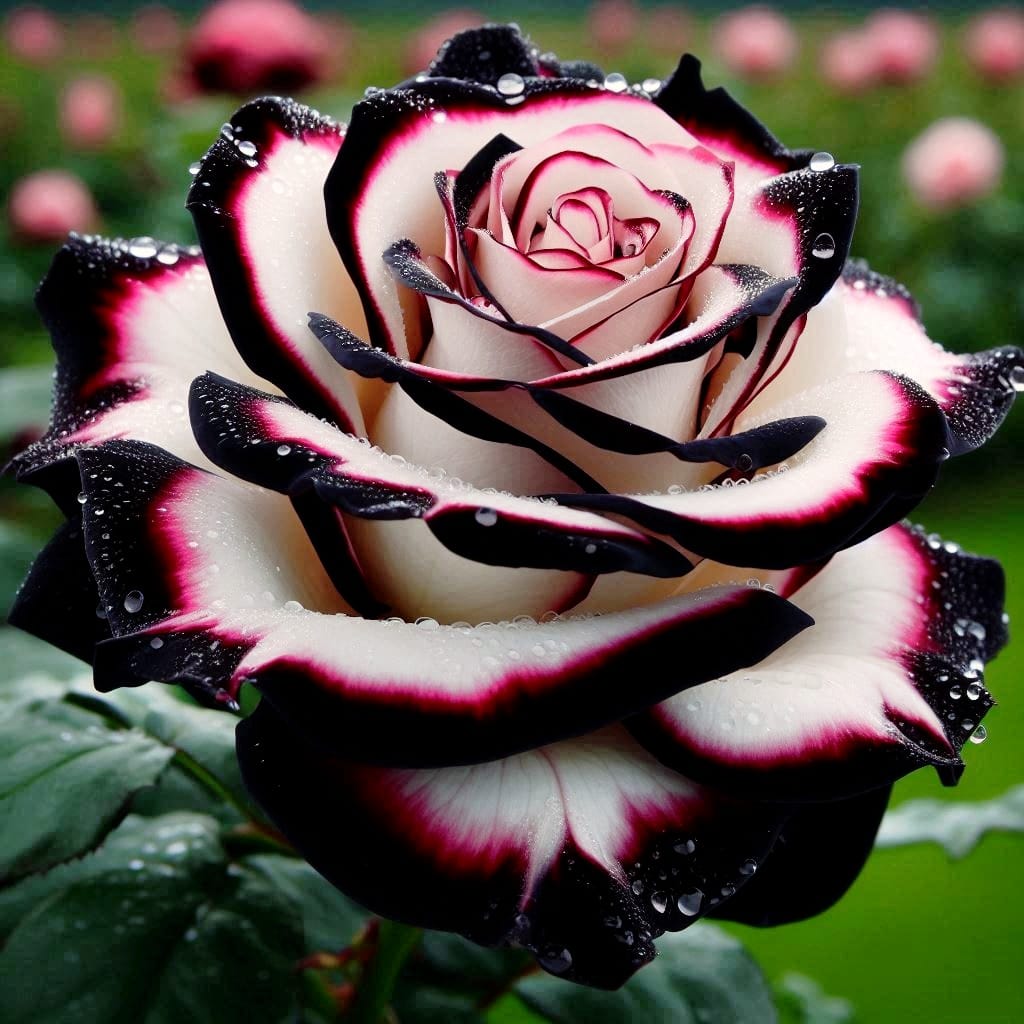
Choosing the Right Planting Time
The optimal planting time for roses varies depending on your climate and growing region. In most temperate climates, early spring or fall are the ideal seasons to establish new rose plants. Planting in spring allows the roots to become established before the heat of summer, while fall planting provides a chance for the roses to develop a strong root system before winter dormancy. Pay attention to your local frost dates and plant accordingly to ensure the best chance of success.
Preparing the Planting Hole
When digging the planting hole for your roses, make sure it is at least twice as wide as the root ball. This extra space allows the roots to spread out and establish themselves more easily. The depth of the hole should be such that the graft union (the visible bud or bulge on the stem) is just above the soil line. This positioning promotes vigorous growth and helps prevent the rose from becoming top-heavy.
Positioning the Rose Plant
Carefully place the rose plant in the prepared hole, making sure the graft union is slightly above the soil surface. This allows the rose to develop its own root system and helps to prevent the plant from being too deeply buried, which can lead to issues like crown rot or inadequate air circulation. Spread the roots out in a natural, radial pattern, ensuring they are not twisted or bunched up. Backfill the hole with the original soil, tamping it down gently to eliminate air pockets.
Mulching and Watering at Planting
After planting, apply a 2-3 inch layer of organic mulch, such as bark chips or shredded leaves, around the base of the rose. This helps retain soil moisture, suppress weeds, and insulate the roots. Water the newly planted rose thoroughly, ensuring the soil is evenly moist but not waterlogged. Continue to water regularly, keeping the soil consistently damp but not soaked, until the plant becomes established.
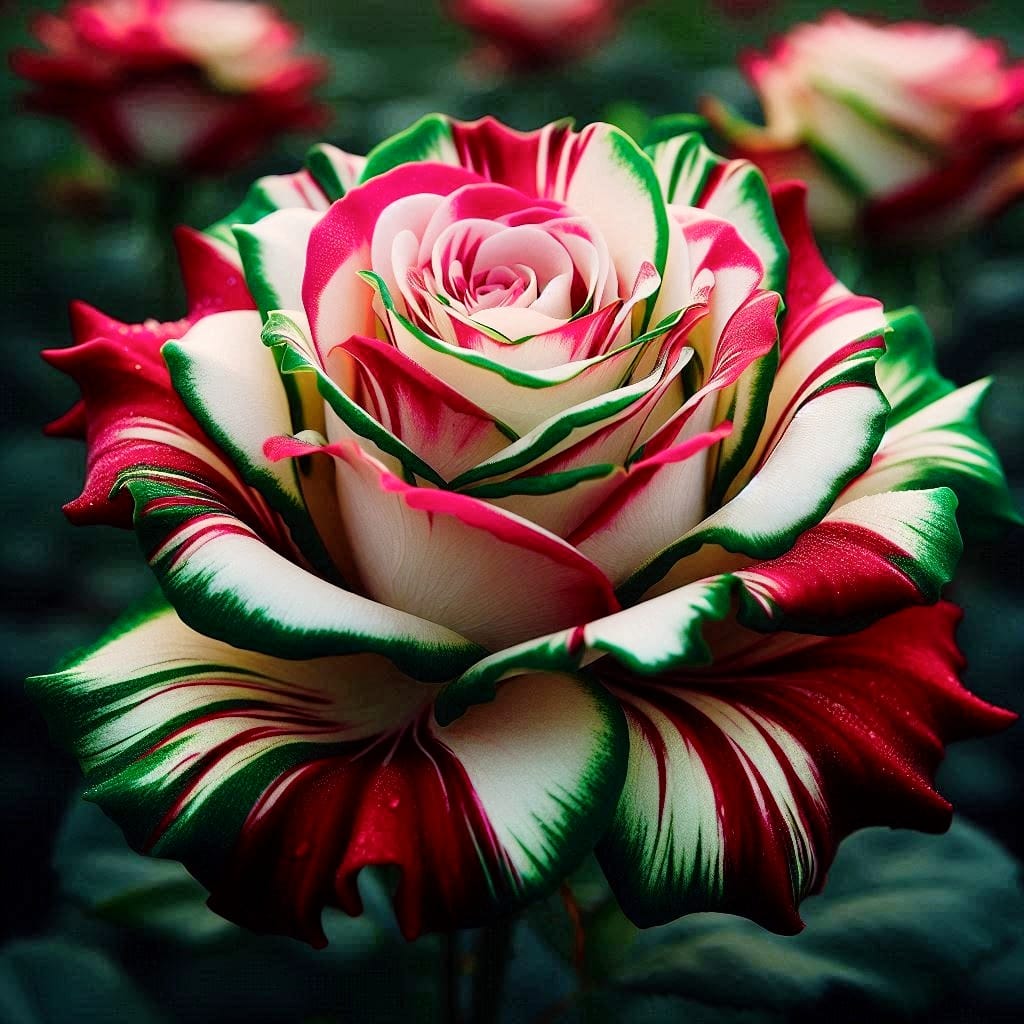
Watering Wisely: The Balance of Moisture
Watering roses can be likened to fine-tuning a musical instrument; too much or too little can lead to discord. Roses flourish when their roots remain moist but not waterlogged. A deep watering once a week is often more effective than frequent shallow watering. Utilizing mulch can help retain moisture and suppress weeds, creating an oasis for your roses.
Establishing a Watering Routine
Developing a consistent watering routine is crucial for the health and vigor of your rose plants. As a general guideline, roses thrive when the soil is kept consistently moist but not waterlogged. Aim to provide a deep, thorough watering once a week, allowing the soil to partially dry out between waterings. Adjust your schedule as needed based on factors like weather, temperature, and soil type.
Mulching to Retain Moisture
Applying a 2-3 inch layer of organic mulch around the base of your rose plants can significantly enhance moisture retention. Materials like wood chips, shredded bark, or even leaf litter help to insulate the soil, slowing down evaporation and reducing the need for frequent watering. As the mulch decomposes, it also adds valuable organic matter to the soil, further improving its water-holding capacity.
Identifying Signs of Over or Under-Watering
Closely monitoring your rose plants for signs of stress can help you fine-tune your watering practices. Wilting, yellowing leaves, or a general lack of vigor may indicate the need for more water, while drooping, discolored foliage or root rot can be signs of overwatering. Observe your roses closely and make adjustments to your watering schedule as needed to maintain the ideal balance of moisture for their optimal growth and health.
Adapting Watering Strategies for Different Climates
The water needs of roses can vary significantly depending on your local climate and growing conditions. In hot, dry climates, you may need to water more frequently to prevent the soil from drying out too quickly. In cooler, humid environments, you may need to adjust your watering schedule to avoid issues like fungal diseases. Remain flexible and responsive to the changing needs of your roses throughout the seasons, ensuring they receive the right amount of moisture at all times.

Pruning and Maintenance: Shaping Your Roses
Pruning is critical for maintaining the health and beauty of your roses. It encourages new growth and helps control their shape. The right time to prune depends on the type of rose; generally, late winter or early spring before new growth begins is preferable. Removing dead or damaged wood, as well as old blooms, promotes a vigorous growing season ahead.
Understanding Pruning Techniques
Effective pruning involves a combination of art and science. Start by removing any dead, damaged, or diseased canes (the main woody stems) from the plant, cutting them back to just above a healthy bud or node. Next, thin out the interior of the plant, removing crossing or inward-facing canes to improve air circulation and light penetration. Finally, shape the rose by making angled cuts just above outward-facing buds, encouraging the plant to grow in a balanced and aesthetically pleasing manner.
Timing Pruning for Different Rose Types
The optimal pruning time can vary depending on the rose variety. In general, the best time to prune is in late winter or early spring, before new growth emerges. This allows the plant to focus its energy on developing strong, healthy stems and flowers. Hybrid teas, grandifloras, and floribundas are typically pruned in late winter, while shrub roses, climbers, and ramblers may be pruned in early spring. Pay attention to the specific needs of your rose varieties and adjust your pruning schedule accordingly.
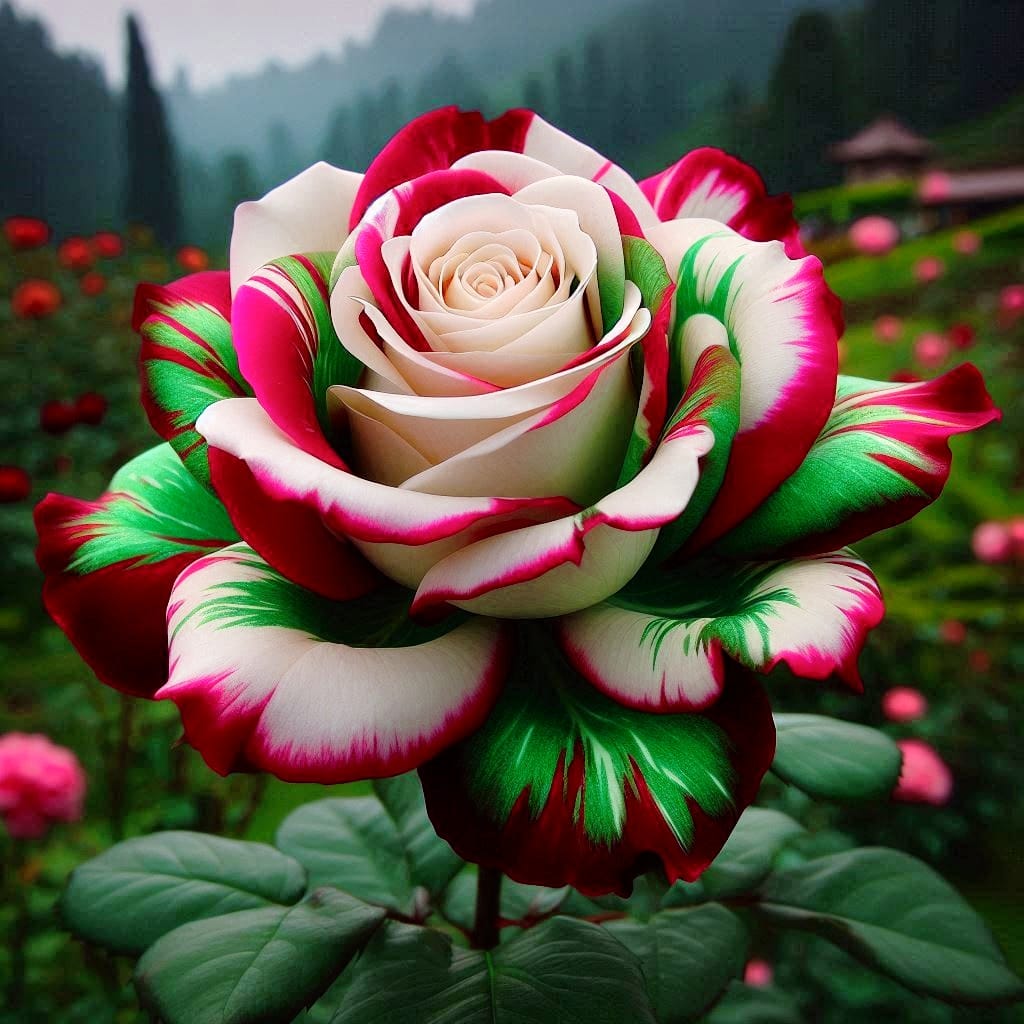
Deadheading and Maintaining Bloom Cycles
Regular deadheading, or the removal of spent blooms, is an essential maintenance task for rose gardens. By snipping off faded flowers, you encourage the plant to redirect its energy into producing new, vibrant blooms. This process can extend the rose’s flowering season, resulting in a more continuous display of color and fragrance. Additionally, removing any diseased or damaged foliage can help prevent the spread of problems and keep your roses looking their best.
Addressing Winter Protection and Dormancy
In colder climates, roses may require some additional protection during the winter months. Mounding soil or mulch around the base of the plant can help insulate the roots and prevent frost damage. For more tender varieties, you may need to wrap or cover the canes to shield them from harsh weather. Understanding the specific needs of your rose types and your local climate conditions will help you develop an effective winter care strategy.
Pest Control and Disease Management: Protecting Your Blooms
No gardener wants to face pests or diseases, but being proactive can minimize damage. Regularly inspecting your plants allows early detection of issues. Organic alternatives like neem oil or insecticidal soap can serve as effective treatments against aphids and spider mites. Maintaining good air circulation through proper spacing can also reduce the risk of fungal diseases.
Identifying and Monitoring Common Rose Pests
Roses can attract a variety of pests, including aphids, spider mites, thrips, and Japanese beetles. Regularly inspecting your plants, both the foliage and the undersides of leaves, can help you identify any infestations early on. Pay attention to signs of damage, such as discolored or distorted leaves, and take action quickly to prevent the problem from escalating.
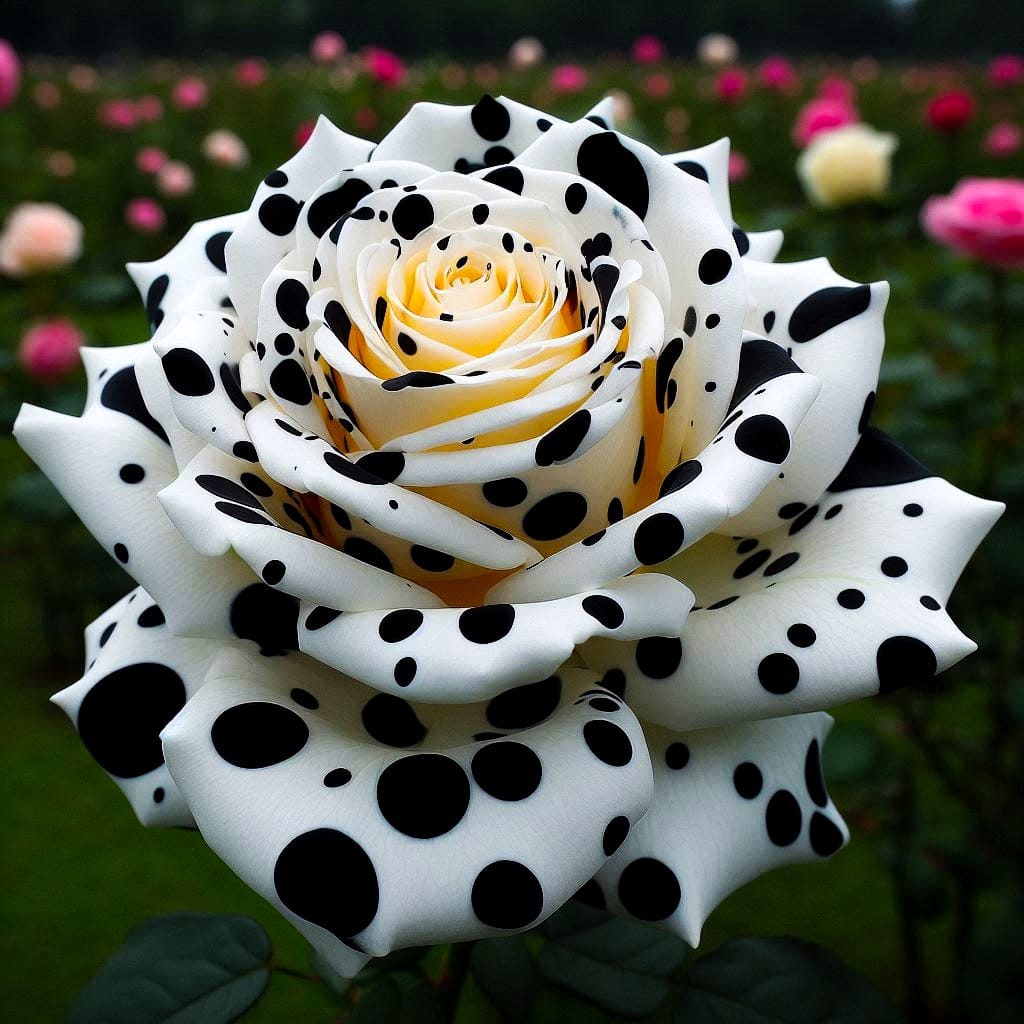
Utilizing Organic Pest Control Methods
When it comes to managing rose pests, many gardeners prefer to use natural, eco-friendly solutions. Options like neem oil, insecticidal soap, and horticultural oils can be effective in controlling a wide range of insects without introducing harsh chemicals into your garden. These organic alternatives often target the pests while minimizing harm to beneficial insects, such as pollinators. Experiment with different organic products and techniques to find the right balance for your rose garden.
Preventing and Treating Fungal Diseases
Roses can be susceptible to various fungal diseases, including black spot, powdery mildew, and rust. Maintaining good air circulation around your plants, avoiding overcrowding, and properly spacing them can help reduce the risk of these issues. If disease does occur, consider using organic fungicides or natural remedies, such as baking soda solutions, to address the problem. Promptly removing any affected foliage can also help prevent the spread of disease throughout your rose garden.
Fostering a Healthy, Balanced Garden Ecosystem
Taking a holistic approach to pest and disease management can yield long-term benefits. Encourage the presence of beneficial insects, such as ladybugs and lacewings, which can help control aphid populations naturally. Diversify your plantings to create a more balanced garden ecosystem, which can make your roses less vulnerable to pests and diseases. By nurturing a thriving, diverse garden, you can establish a harmonious environment that supports the health and resilience of your rose plants.
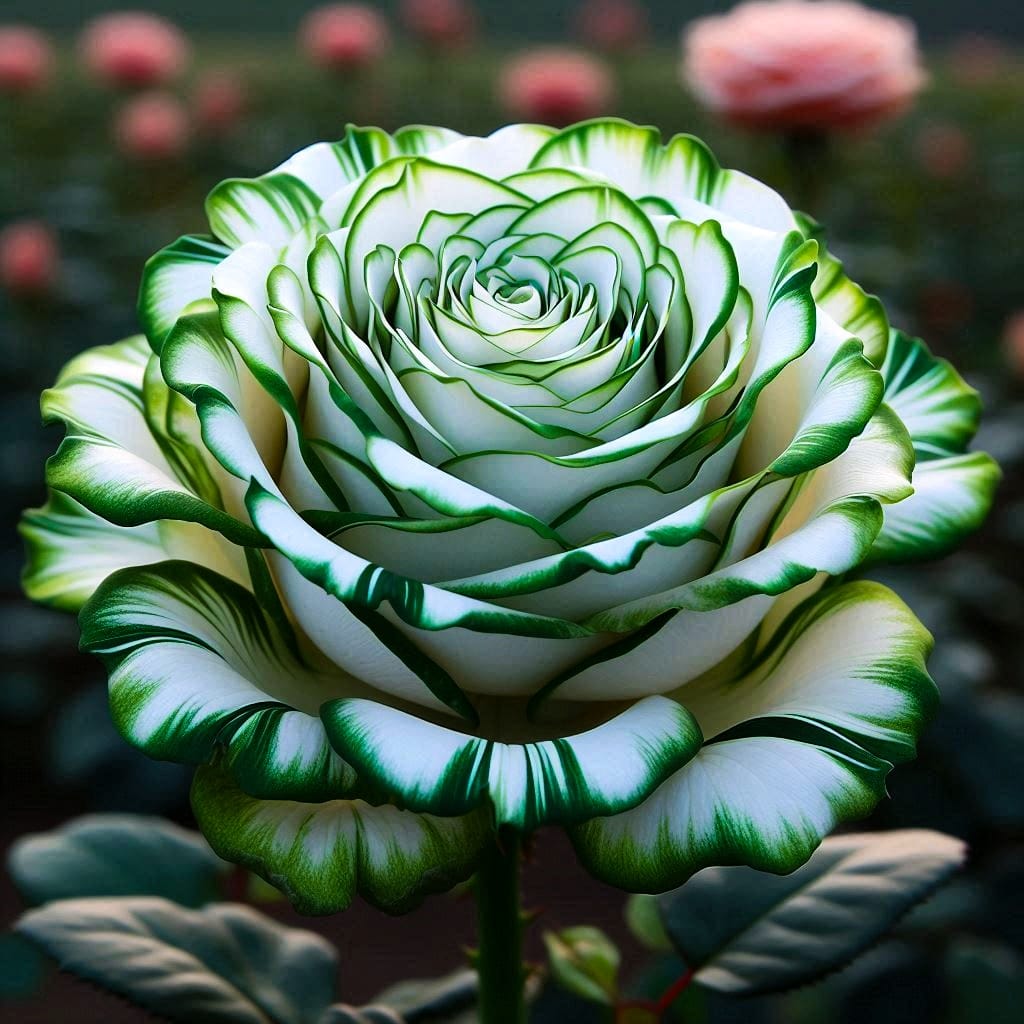
Propagation: Growing Roses from Cuttings
For those looking to expand their rose collection without purchasing new plants, propagation through cuttings offers an exciting avenue. Taking healthy stem cuttings, preparing them correctly, and placing them in a suitable medium can yield a new rose plant within weeks. This hands-on approach not only fosters a deeper connection with your plants but also allows you to experiment with various rose types.
Selecting and Preparing Rose Cuttings
When taking rose cuttings, choose healthy, disease-free stems that are approximately 6-8 inches long. Make a clean, angled cut just below a leaf node, and remove the lower leaves, leaving only the top few leaves intact. Dip the cut end in a rooting hormone powder or liquid to stimulate root development, and then plant the cutting in a well-draining, sterile medium, such as a mix of perlite and vermiculite.
Maintaining the Propagation Environment
Creating the right environment is crucial for successful rose propagation. Place the cuttings in a warm, well-lit location, but avoid direct sunlight, which can cause the leaves to wilt. Cover the cuttings with a plastic dome or bag to maintain high humidity levels, which will prevent the leaves from drying out. Regularly check the soil moisture, ensuring the medium stays consistently damp but not waterlogged.
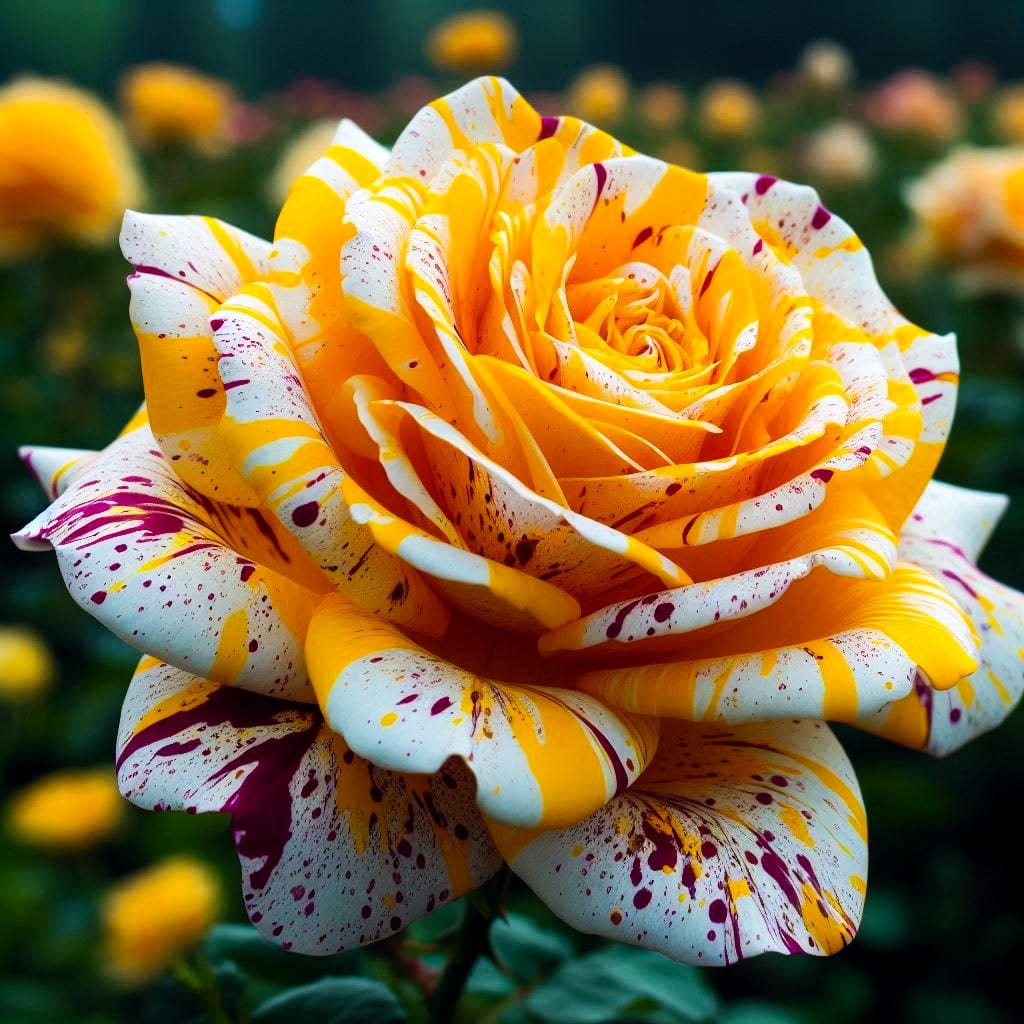
Monitoring and Transplanting Rooted Cuttings
Over the course of several weeks, the rose cuttings should develop a strong root system. You can check for root growth by gently tugging on the cuttings; if you feel resistance, it’s a sign that the roots have established. Once the cuttings have developed a robust root system, you can transplant them into individual containers or directly into your garden, taking care to acclimate them gradually to their new environment.
Exploring Unique Rose Varieties Through Propagation
Propagating roses from cuttings opens up a world of possibilities for your garden. You can experiment with different rose types, from classic hybrid teas to heirloom varieties, and expand your collection in a cost-effective and rewarding way. This hands-on approach also allows you to develop a deeper understanding and connection with your plants, as you witness their transformation from cuttings to thriving rose bushes.
The Philosophy of Rose Gardening
Beyond technicalities, growing roses invites a philosophical reflection on patience and care. Like relationships, roses require nurturing and attentiveness; they bloom beautifully when given love and attention. This connection to nature fosters mindfulness and cultivates appreciation for life’s subtle beauties. Engaging in this process can reveal profound insights about growth and resilience.

Embracing the Rhythms of Nature
Tending to a rose garden is a dance with the natural world, a symphony of seasons and cycles. As you witness the annual rebirth of your roses, the unfolding of their delicate blooms, and the gradual shedding of their petals, you are reminded of the inherent beauty in the ebb and flow of life. This cyclical nature encourages us to slow down, observe, and find solace in the gentle rhythms that govern the natural world.
Cultivating Patience and Resilience
Growing roses is a lesson in patience and resilience. These plants, with their thorns and delicate flowers, symbolize the duality of strength and vulnerability that exists in all living things. As you nurture your rose garden, you learn to embrace the slow, steady progress of growth, celebrating the small triumphs and weathering the occasional setbacks. This process fosters a deeper understanding of the perseverance and adaptability required to thrive, both in the garden and in life.
Finding Connection and Mindfulness
The act of tending to a rose garden invites a sense of mindfulness and connection. As you immerse yourself in the tactile experience of pruning, watering, and observing your plants, you become attuned to the subtle changes and nuances that unfold over time. This heightened awareness can cultivate a deeper appreciation for the natural world, fostering a sense of harmony and belonging within the larger ecosystem. The rose garden becomes a sanctuary, a place to find solace, reflection, and a renewed perspective on the rhyth
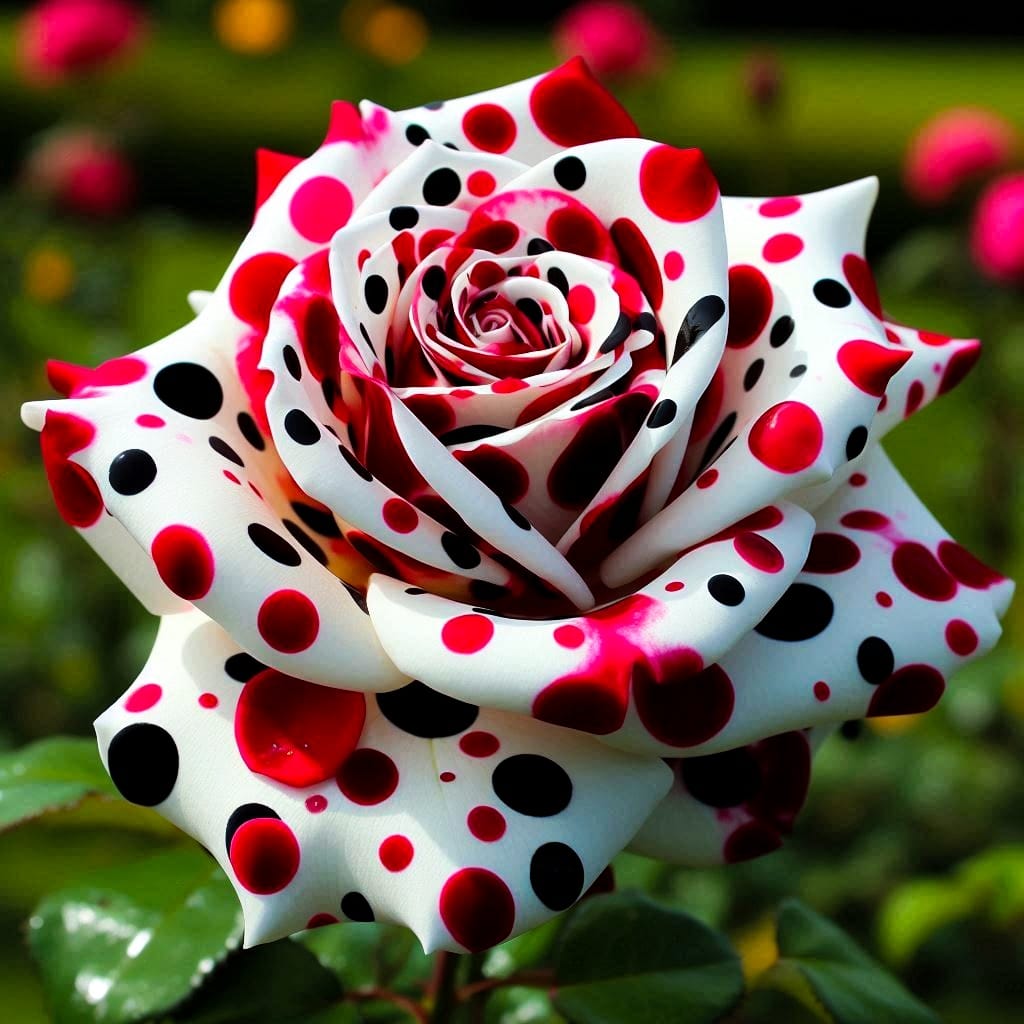
The Philosophy of Rose Gardening
Beyond technicalities, growing roses invites a philosophical reflection on patience and care. Like relationships, roses require nurturing and attentiveness; they bloom beautifully when given love and attention. This connection to nature fosters mindfulness and cultivates appreciation for life’s subtle beauties. Engaging in this process can reveal profound insights about growth and resilience.
Embracing the Rhythms of Nature
Tending to a rose garden is a dance with the natural world, a symphony of seasons and cycles. As you witness the annual rebirth of your roses, the unfolding of their delicate blooms, and the gradual shedding of their petals, you are reminded of the inherent beauty in the ebb and flow of life. This cyclical nature encourages us to slow down, observe, and find solace in the gentle rhythms that govern the natural world.
Every season brings its own unique character, from the hopeful buds of spring to the lush, vibrant blooms of summer, and eventually to the graceful decay of autumn leaves. Each stage of a rose’s life cycle echoes our own journey through time, marked by growth, change, and eventual rest. By cultivating a deeper awareness of these rhythms, we can achieve a sense of peace and contentment within ourselves, aligning our lives more closely with the natural world.
Moreover, observing these cycles can be profoundly healing. In moments of personal struggle or uncertainty, tending to your roses offers an escape into a rhythm that is unhurried and forgiving. The garden becomes a reminder that just as the flowers must endure winter’s chill to bloom anew, so too can we emerge from difficult periods stronger and more resilient.
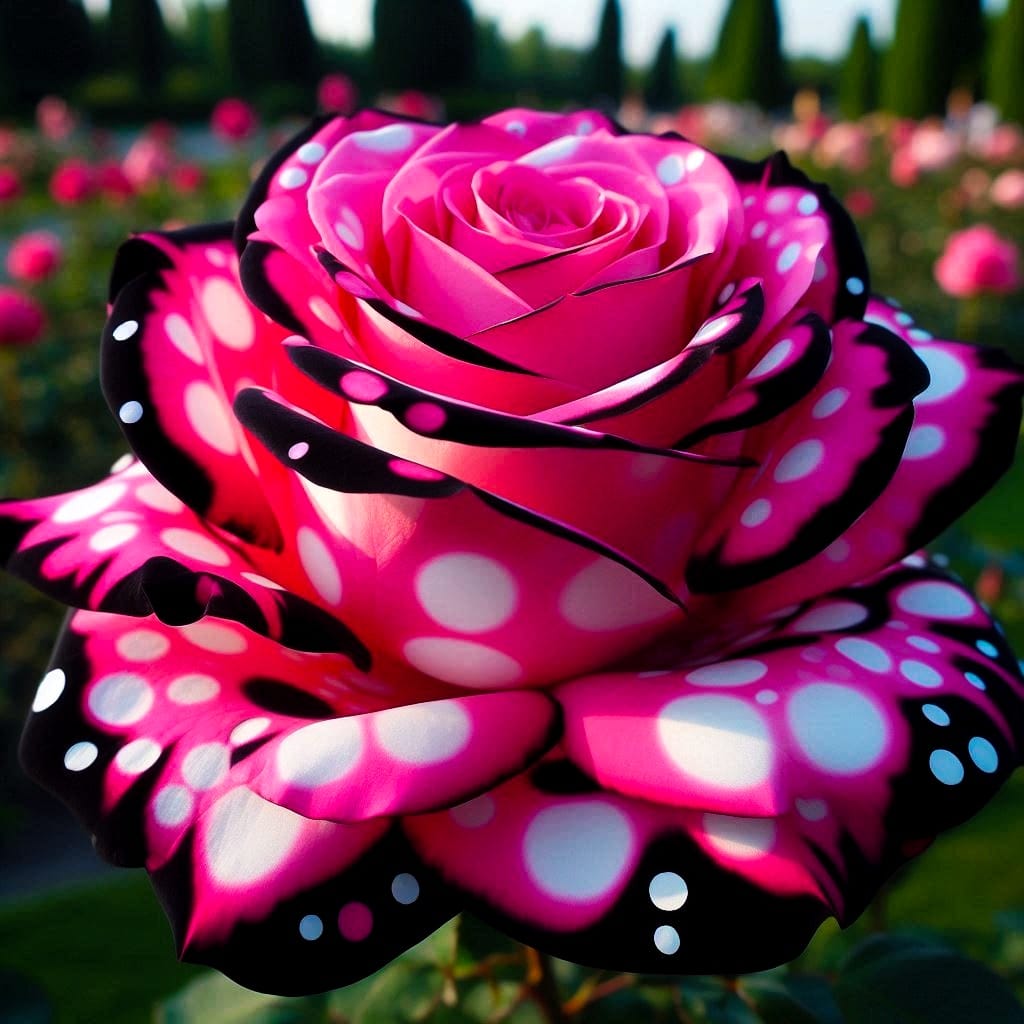
Cultivating Patience and Resilience
Growing roses is a lesson in patience and resilience. These plants, with their thorns and delicate flowers, symbolize the duality of strength and vulnerability that exists in all living things. As you nurture your rose garden, you learn to embrace the slow, steady progress of growth, celebrating the small triumphs and weathering the occasional setbacks. This process fosters a deeper understanding of the perseverance and adaptability required to thrive, both in the garden and in life.
Patience is perhaps the most critical component of successful rose gardening. Unlike fast-growing annuals that offer immediate gratification, roses require time to establish their roots, develop foliage, and eventually produce blooms. This waiting period mirrors the processes we experience in our own lives: dreams take time to mature, relationships require effort over years, and personal growth often unfolds gradually. By cultivating patience in the garden, we can learn to apply this valuable lesson in other areas of our lives.
Resilience plays a similarly vital role. Roses face challenges in the form of pests, diseases, and environmental conditions beyond our control. Just like these plants, we too encounter obstacles that test our resolve. The ability to adapt, respond positively to adversity, and continue to nurture our aspirations, despite setbacks, is essential. Every thorny situation faced in the garden can become a metaphor for overcoming difficulties in our personal journeys.

Finding Connection and Mindfulness
The act of tending to a rose garden invites a sense of mindfulness and connection. As you immerse yourself in the tactile experience of pruning, watering, and observing your plants, you become attuned to the subtle changes and nuances that unfold over time. This heightened awareness can cultivate a deeper appreciation for the natural world, fostering a sense of harmony and belonging within the larger ecosystem. The rose garden becomes a sanctuary, a place to find solace, reflection, and a renewed perspective on the rhythms of life.
Mindfulness practices, such as meditation or yoga, encourage us to focus on the present moment, and gardening offers a similar opportunity. When engaged in the simple task of caring for your roses, your mind can quieten, allowing you to experience the sensory details—the scent of the blooms, the texture of the foliage, the colors dancing in the sunlight. These moments of presence can be grounding, providing clarity amid the chaos of daily life.
Additionally, the connection forged through gardening extends beyond the individual gardener. Sharing experiences, exchanging knowledge, and connecting with fellow enthusiasts enriches the overall journey. A rose garden can serve as a gathering point for friends and family, offering shared experiences and memories that deepen relationships. It becomes a testament to collaboration, community, and the beauty of human connection.

